Maybe you plan on upgrading your HVAC system. However, the amount of HVAC information out there is overwhelming and may leave you confused. One question you may have is whether it is necessary to install a return vent in every room. We researched the answer to this, and here's what the experts say.
Every room should have at least one return vent to allow better air circulation. These vents enable an uninterrupted return airflow to the supply registers. Having a return vent in every room is necessary for optimal HVAC experience.
If you are thinking of upgrading your HVAC system, you should consider installing a return vent in each room. In this post, you will learn the benefits of doing this, and will also learn some important comparisons between a dedicated and central return vent. Lastly, we'll answer some related questions. Let's start.
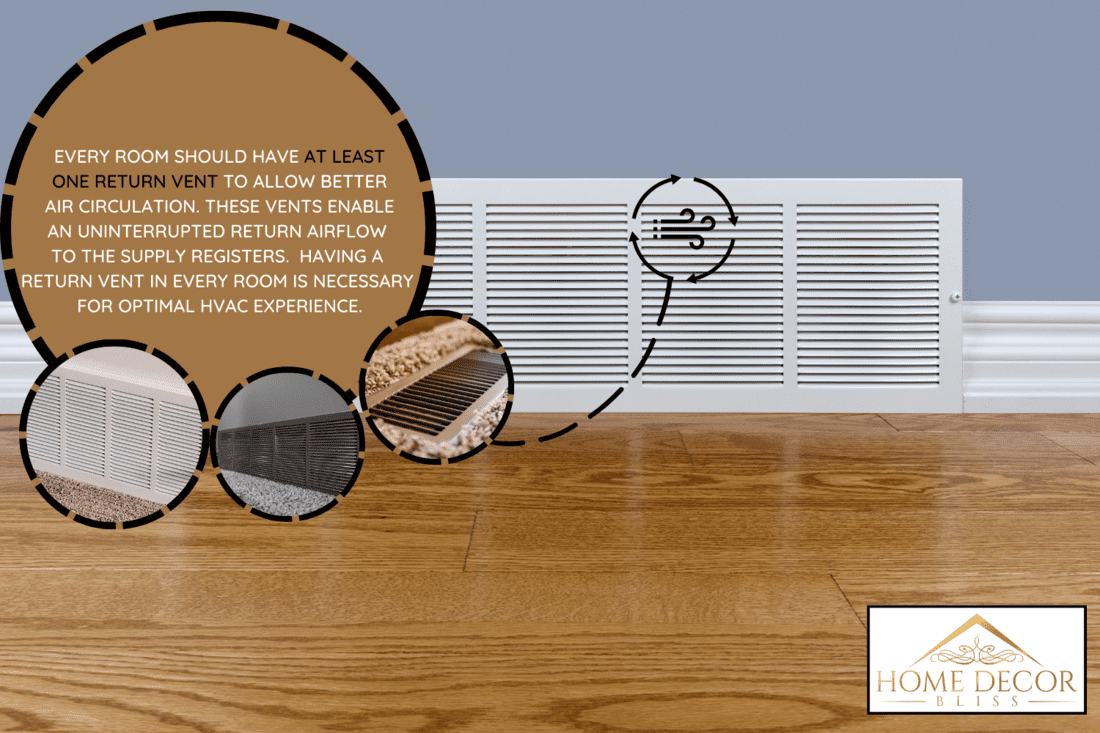
Advantages Of Having A Return Vent In Every Room
We sometimes add affiliate links and content that was curated and created by our team with the help of advanced ai tools to help showcase the best design styles.
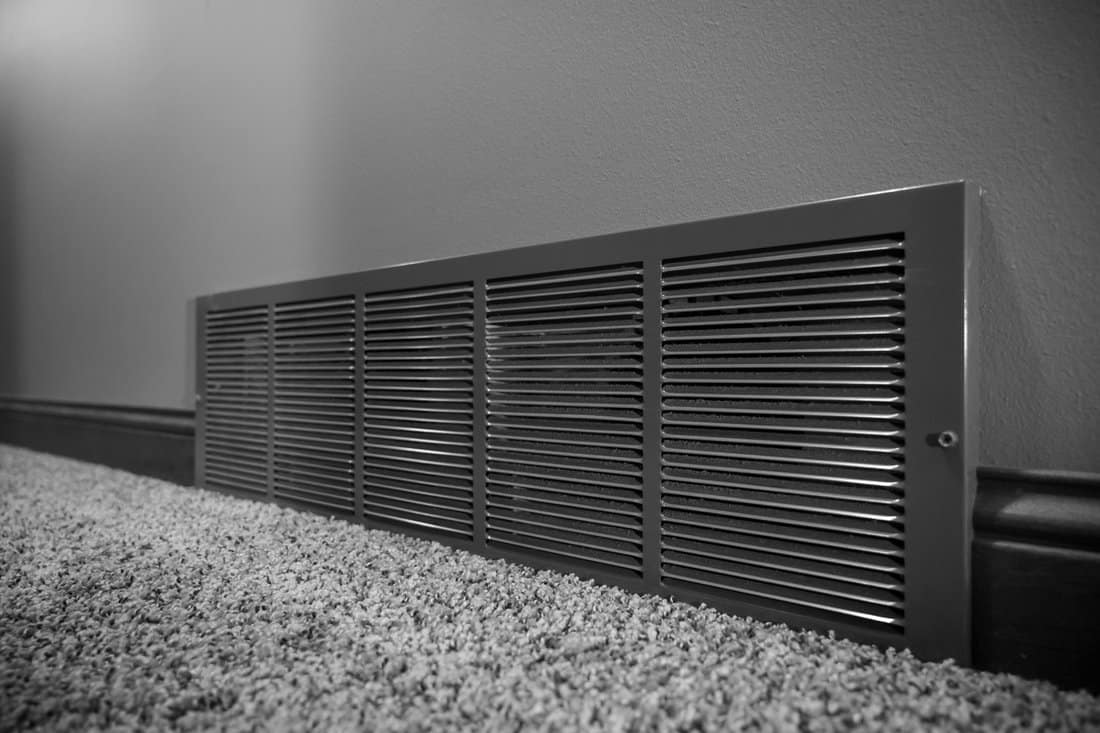
A return vent is a pathway for room air to easily return to the central air handler. It suctions the air inside the room and forces it through the duct to the air conditioning or heating system. The return air is then recirculated and becomes the new supply.
Having multiple return vents allows uninterrupted airflow inside the house. The following are the advantages you will enjoy of having a return vent in each room.
Even Temperature Throughout The House
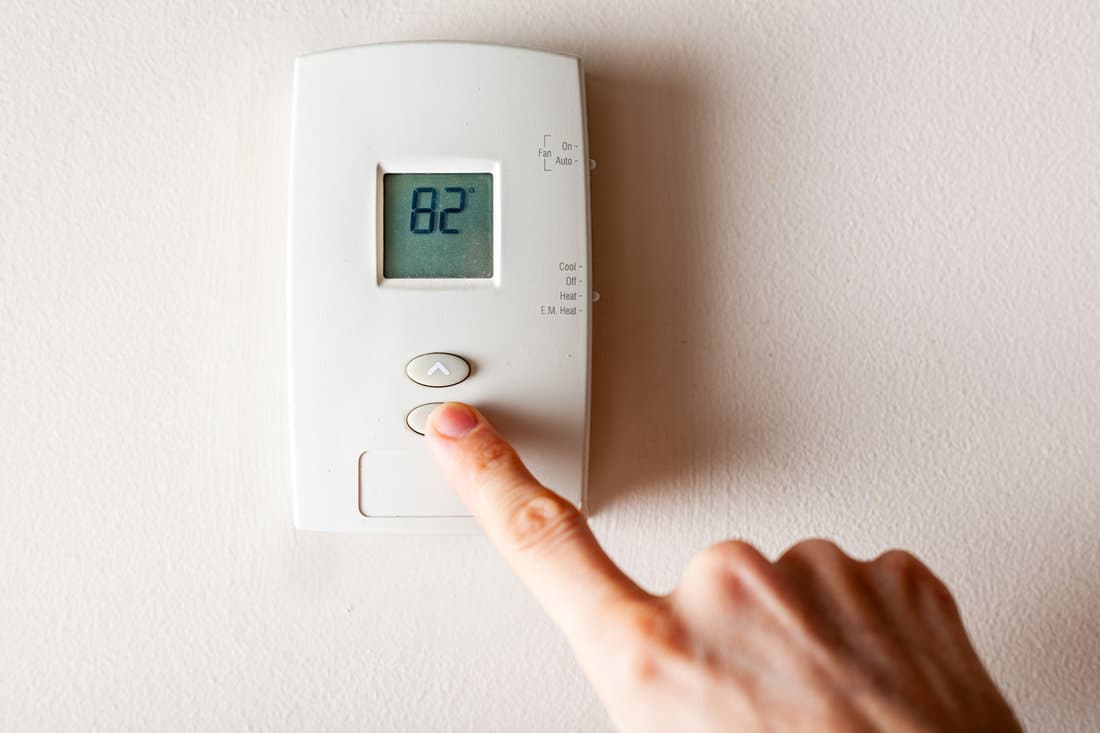
When the HVAC system provides supply air within your house, the pressure inside increases. This pressure causes a drafty temperature inside the house. In effect, some areas become colder or warmer.
With a return vent installed in every room, the return air can easily circulate back to the central air handler without obstructions. This balances the pressure inside the house, therefore maintaining an even temperature.
Good Air Quality
When room doors are closed, the central return vent struggles to suction enough air. In this case, the return air that reaches the central air handler is not enough to maintain the supply your HVAC system needs.
In effect, the HVAC system sources out the air deficiency from other areas of the house, such as the chimney. Harmful pollutants may be distributed throughout the house.
An adequate amount of return air ensures that only clean air is recirculated within the house.
Energy Efficient
Installing a return vent in each room is more expensive than a central return vent, but it pays for itself over time by minimizing your energy bill. When an appliance puts in too much work, it consumes more energy. HVAC systems are no exception to this rule.
If every room has a return vent, the return air that the central air handler receives is sufficient even with the doors closed and sealed. Not to mention that this return air has been filtered and conditioned or heated prior.
This means less effort is needed from the HVAC system and, ultimately, this leads to lower energy consumption.
Longer Life Span for your HVAC System
Having a return vent in every room minimizes strain on your HVAC system. A consistent flow of sufficient return air significantly reduces the HVAC system's job, making it last longer.
It helps maintain the HVAC system in its best condition, thus slowing down its ordinary wear and tear.
Click here to see this return air grille on Amazon.
Dedicated Versus Central Return Air Vent
In a dedicated return system, one return vent is installed in every room. As its name suggests, a vent is dedicated to a specific room alone. On the other hand, a central return air vent is usually installed in an open area where the highest foot traffic is. Only one return vent pulls in air from several rooms.
Here are a few comparisons between the two.
Ductwork
Behind the return vents are ducts where air passes through as it makes its way back to the air conditioning or heating system. It is important to note that ductwork not only includes installing duct pipes but also maintaining them to check for leakage or damage.
More return air vents mean more ductwork. Therefore, a central return system requires less ductwork than a dedicated one.
Click here to see this air ducting on Amazon.
Pressure Balancing
Balancing the pressure inside the house is critical for a consistent even temperature. This usually becomes a problem with a central return vent. It struggles to pull in the air from a closed room. This causes pressure imbalance leading to drafty temperatures.
On the contrary, with return air vents installed in every room, there is a balanced pressure at all times, providing the entire house with equal temperature.
Cost
While it is true that installing a central return vent costs much less, it is also worth noting that having a dedicated return vent in every room saves energy. Thus, it lowers your recurring energy bill over time.
The most common problem with a central return vent is air sufficiency. The return air the air conditioner or the heater receives is inadequate especially when bedroom doors are closed.
So, with a central return vent, the HVAC system works harder to get the air it needs. Because of this, its deterioration rate is higher and the need for maintenance is more frequent.
Noise
Air pressure causes noise in your HVAC system. Insufficient return air increases air pressure. This is why a central return is much louder than a dedicated return.
Can You Put A Return Vent In The Kitchen And Bathroom?
Although a return vent is ideal in every room, the kitchen and the bathroom are exceptions.
The bathroom is naturally a humid area because of its function. After you take a shower, moisture remains inside. When a return vent is installed inside the bathroom, it may draw moisture.
The kitchen should not have a return vent, either. The vent may suction the odors of the food you cook and spread the odors to every room. Also, moisture and smoke are not avoidable in the kitchen.
Humidity inside the HVAC system should be avoided. It can lead to poor heating and cooling ability. Ultimately, the entire HVAC system becomes damaged as humidity promotes the growth of molds and mildew.
Therefore, it's best to skip the bathroom and the kitchen when installing return air vents.
Where To Place Return Vents In Bedrooms?
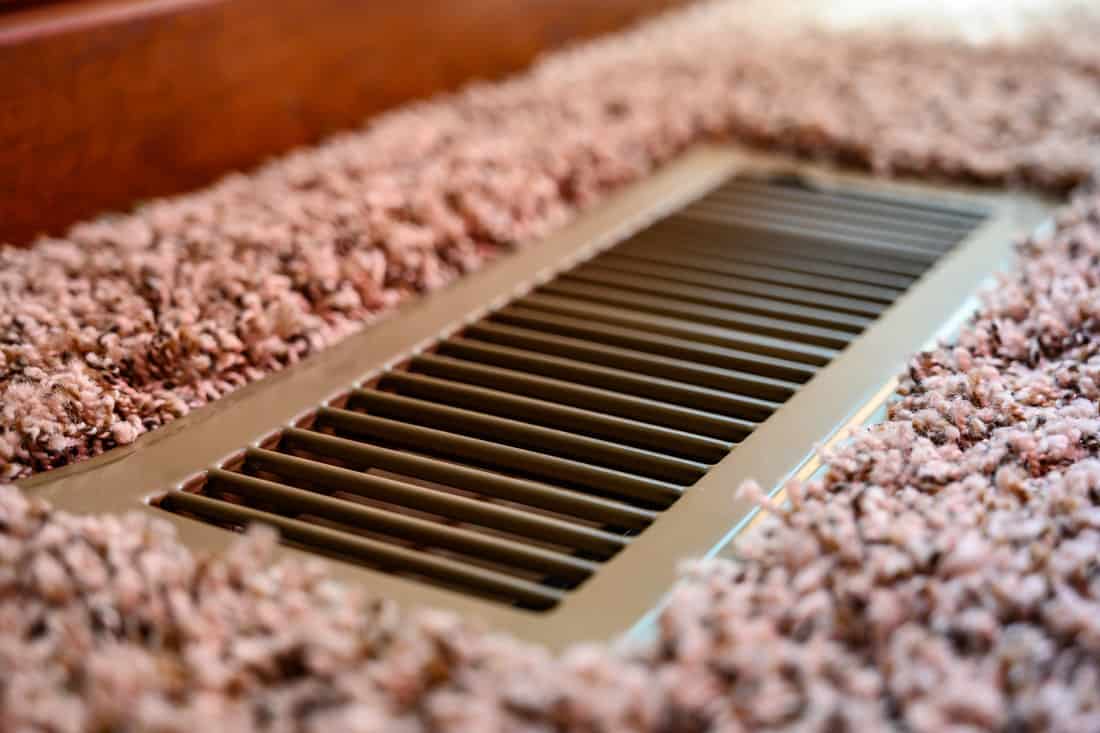
While it is common to put return air vents on the floor, it is not the best strategic position for bedrooms. Experts recommend installing them on the wall instead.
Here's why it is more advantageous to place the return air vents on the wall rather than the floor.
The Filter Is Not Easily Clogged
Most dust and other debris, such as hair and lint, settle on the floor. When you place the return air vent on the floor, this debris can enter the vent and accumulate inside. This risks the air filter in your HVAC system becoming clogged with dirt.
Needless to say, a dirty air filter negatively impacts the performance of the HVAC system. Frequent cleaning of the air filter is needed when the return air vents are installed on floors.
Cleaning the air filter is still needed even when the return air vents are on the wall. However, the interval of each cleaning is longer.
Adding an extra filter on the vent's cover significantly reduces the amount of debris that can get through the return vents. Only you should choose a filter with thinner fabric as it may restrict air.
Click here to see this vent filter on Amazon.
Saves Space
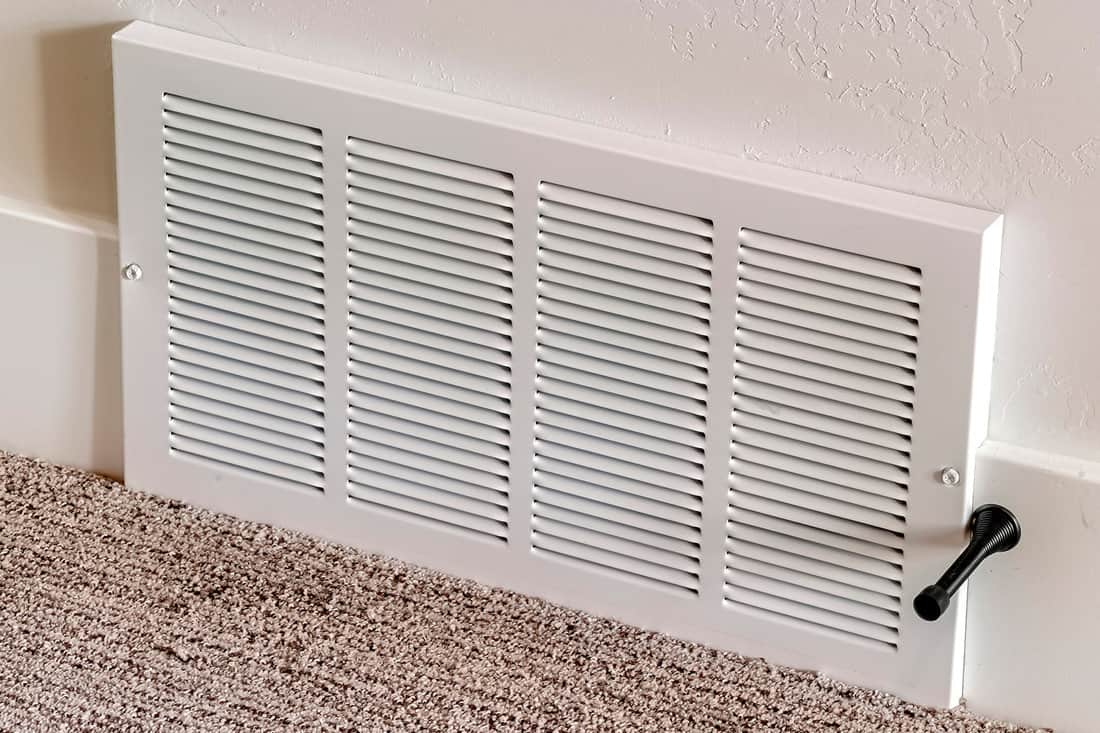
All vents need to be free from any obstruction. A return vent on the floor limits you from using the entire space it occupies. When you place your return air vent on the wall, you can have full freedom of using your floor.
Minimizes The Risk Of Jamming
Objects such as toys and coins can get through the vent grille. Unlike floor vents, return air vents on walls don't catch dropped objects. Therefore, placing the return air vent on the wall minimizes the risk of jamming the vent.
In Closing
It is natural to want the utmost comfort in your home. For optimal HVAC experience, you should install at least one return air vent in every room to allow better air circulation. Through this, your HVAC system has sufficient air to deliver into every part of the house.
For more helpful articles about HVAC, check out these posts:
Where Should A Furnace Be Located In A House?



